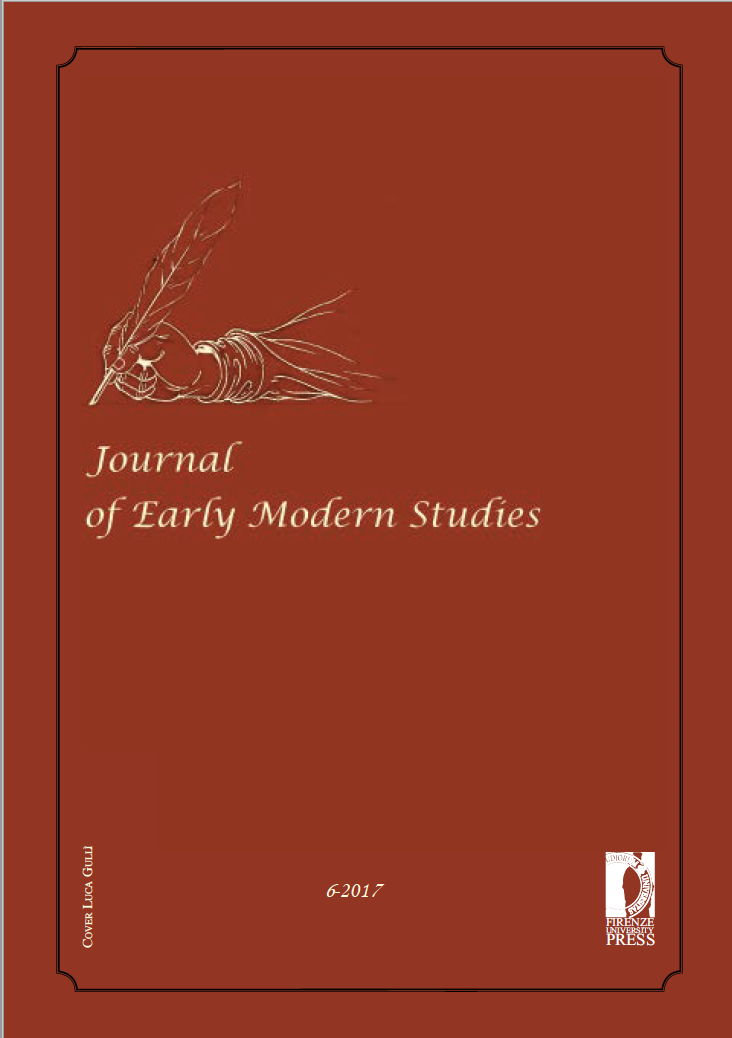Abstract
The article examines how people experienced time by looking at the material culture of New Year as a significant temporal passage in early modern England. It asks what material culture can tell us about how people experienced and gave meaning to the passage of time through an analysis of New Year’s gifts and associated objects inscribed with dates from this period. It begins by exploring the cultural context of New Year’s celebrations and gift-giving, and the conceptual framework of the gift. A case study of dated tin-glazed earthenware bottles, largely neglected by historians although thought by curators to have been given as New Year’s gifts, provides the focus of the remainder of the article, which explores the various ways the dates on these bottles can be interpreted. In sum, the article argues that dated objects were fundamental in both responding to and shaping people’s experience of time. Far from being passive tokens, they could actively influence social bonds and were thought to have a real impact on the coming year. Moreover, the exchange of dated New Year’s gifts allowed people to give meaning to the passage of time collectively, and this was a key to their role within the wider rituals surrounding New Year.


